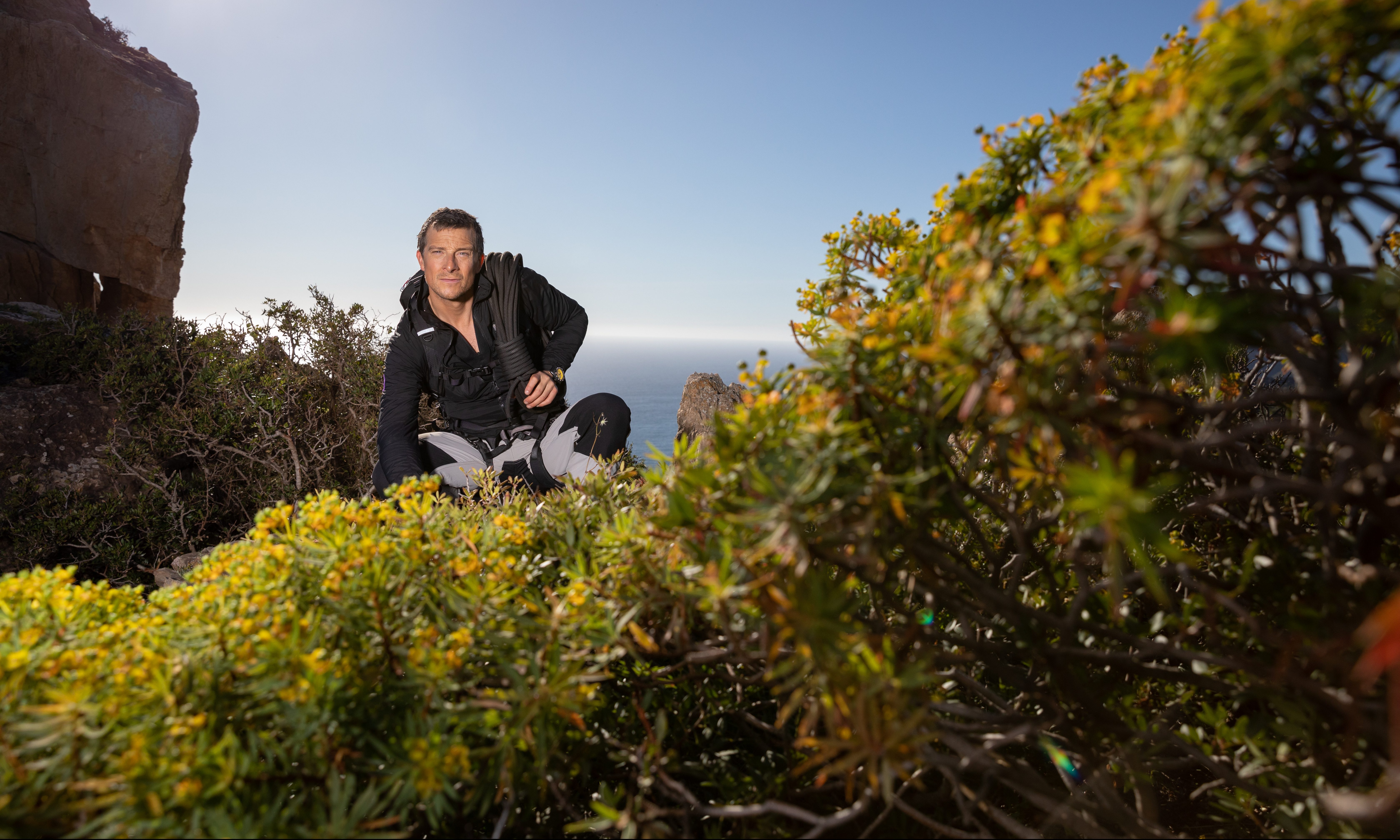

As a survivalist, Bear Grylls has made it his mission to show people how to persevere everywhere from mountains and jungles to deserts and in sub-zero conditions.
Videos by Outdoors
Bear often talks about his four life-saving priorities if faced with an emergency situation—and a simple way to remember them: “Please Remember What’s First” for Protection, Rescue, Water and Food.
Protection
Bear says that the number one priority in a survival situation is protecting yourself. This might be from dangerous animals, a plane or helicopter about to explode, extreme heat with no shade or extreme cold and wet clothing, or simply from the elements around you, in the form of finding safe shelter.
“You must protect yourself first—there is no point in getting water but becoming hypothermic in the process!” writes Bear in his book Born Survivor.
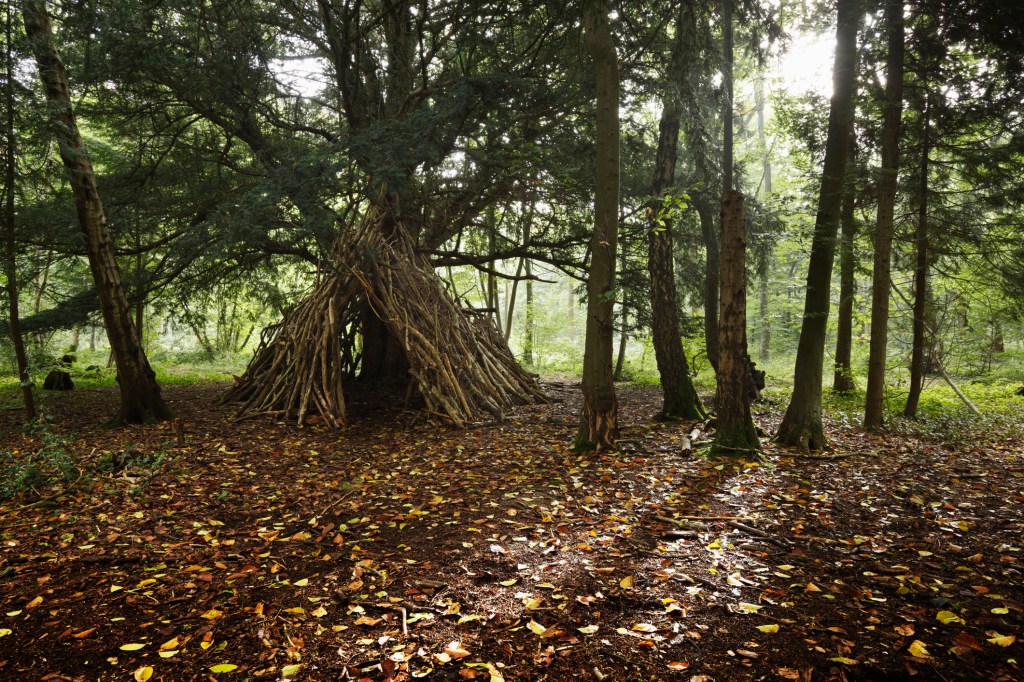
Rescue
The second priority is making yourself easier to rescue. If others know where you are and where you were supposed to be, rescue services will start looking for you as soon as they’re alerted that you may be in trouble. So as long as it’s safe, you should hunker down where you are.
“Stay nearby,” Bear says. “I know too many stories of people breaking down in the Australian outback in extreme heat, wandering off to look for help, only to be found days later, a few miles from their car, dead from dehydration.”
You also want to make your location as visible as possible. That means you should remain with your vehicle, which is larger and easier to spot than just you on foot, and make your location as noticeable as possible for potential rescuers that may come from above. “Lay out objects, stones or whatever material is at hand, in a large SOS near your shelter,” says Bear.
If there’s no sign of rescue for days, or you know the rescue services will not be coming, you might have to plan to self-rescue.
“This should be a last resort, but ultimately rescue must be the main goal of survival and you must do whatever it takes to save yourself,” says Bear. When you’re changing location, it’s a good idea to leave a signal—for example on the ground with stones—to indicate what direction you went.
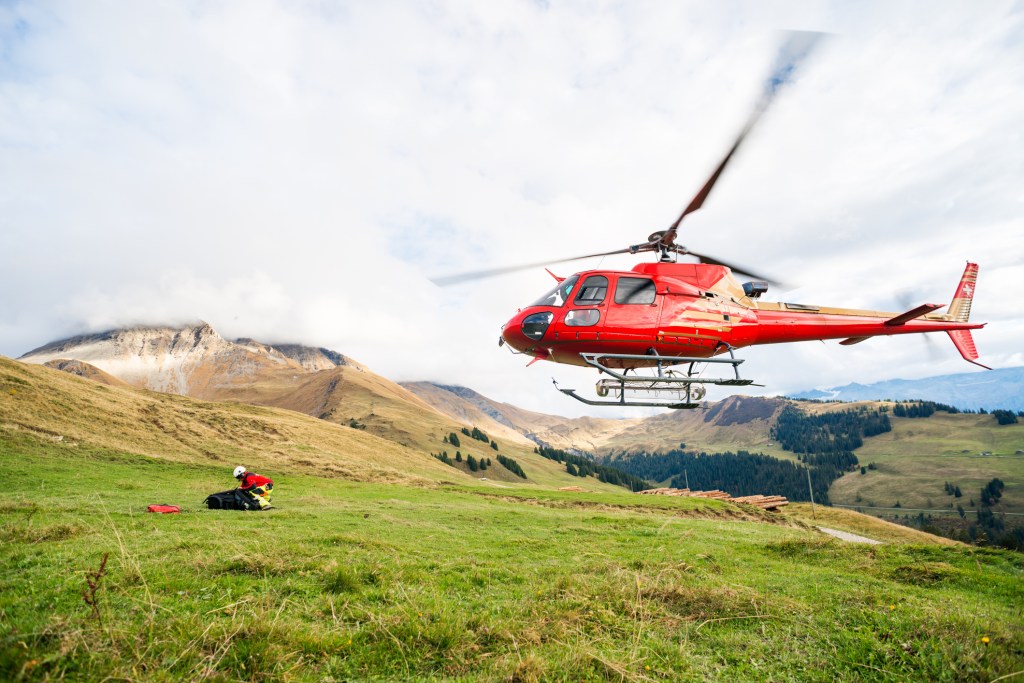
Water
Once you have protection from the elements and have prepared for rescue, the next priority is water. “Think in threes,” says Bear. “You can live for three hours without decent protection from heat or cold, three days without water, and three weeks without food.”
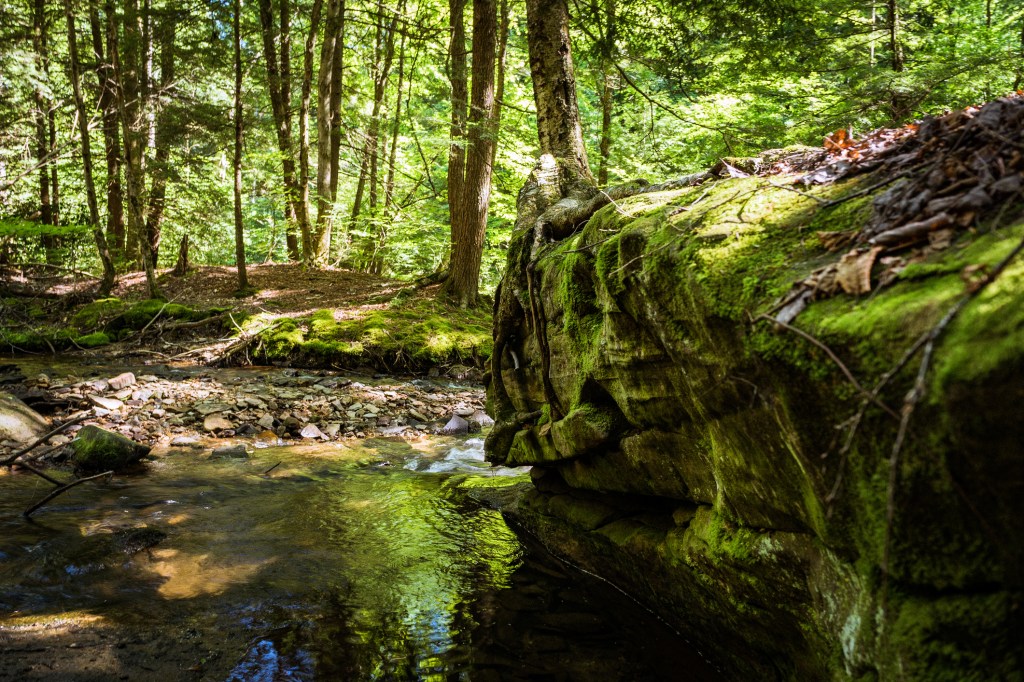
Food
That leads to Bear’s final survival priority: food. Yes, you can survive longer without food than water, but you still need energy, especially if you’re attempting self-rescue. In the meantime, your body has reserves of muscle and fat it can use for fuel, to a point.
Bear’s advice is to learn to scavenge, just like early man did. “Find berries, maggots or grubs before you chase the big game,” says Bear. “That’s how you really stay alive.”
Finally, if you don’t have a lot of water, you should limit eating too much protein, which needs more water to digest than carbs.
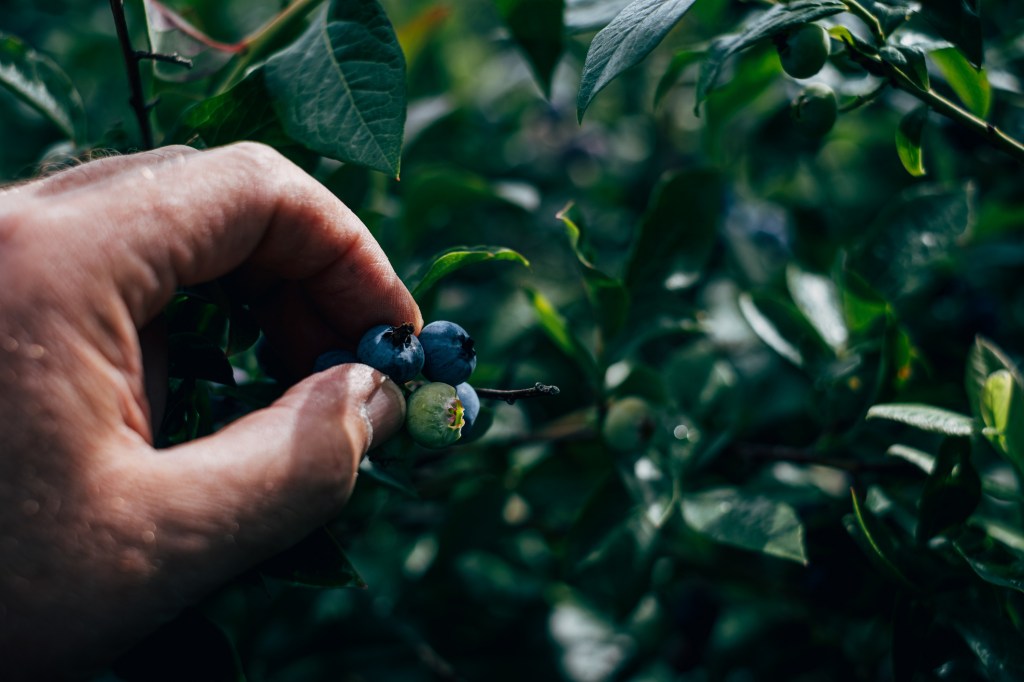
If you do find yourself in a survival situation, don’t panic, and remember that we all have the ability to survive against the odds.
More from Bear Grylls:
- How to Make a Toothbrush in the Wild
- Driving in the Snow
- How to Build Shelter in a Forest
- How to Survive Sub-Zero Temperatures
- What to do If You’re Bitten by a Snake
- How to Navigate Without a Compass

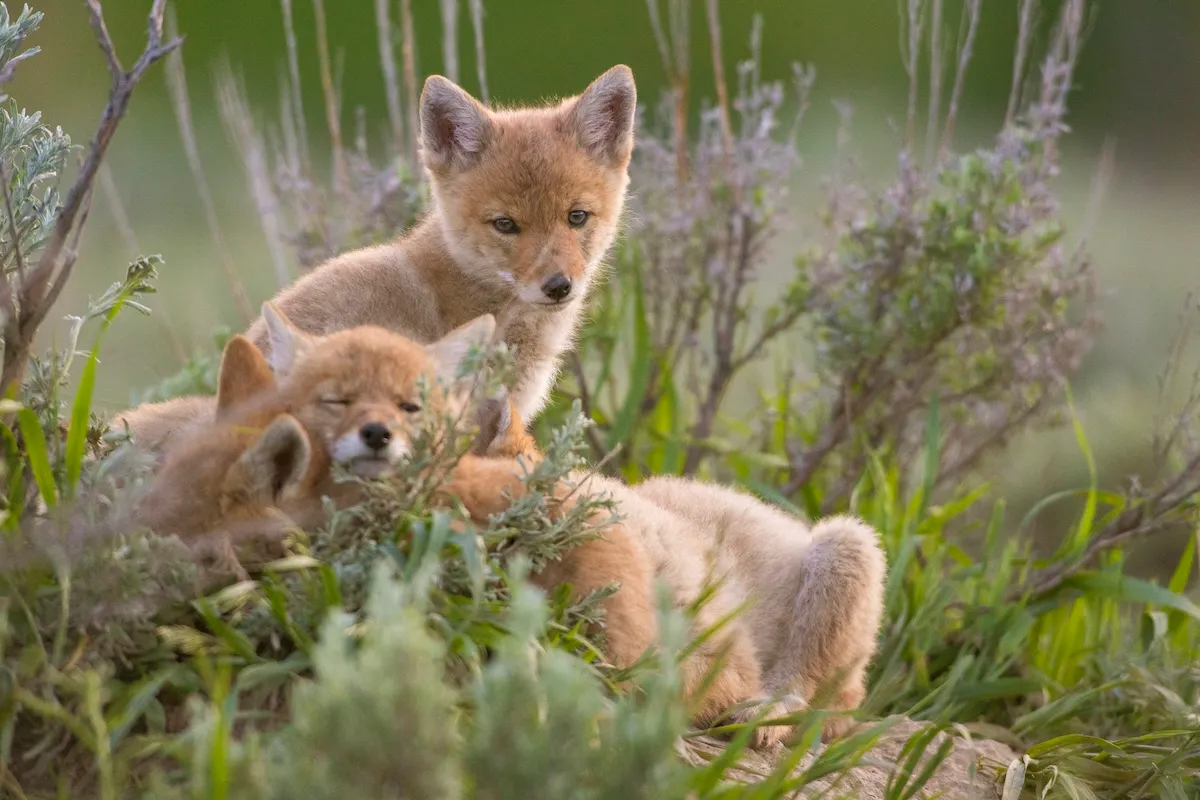
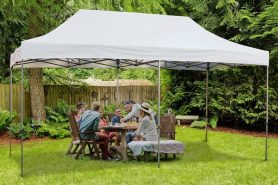
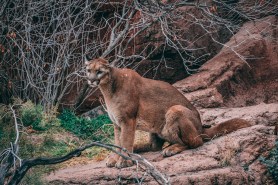

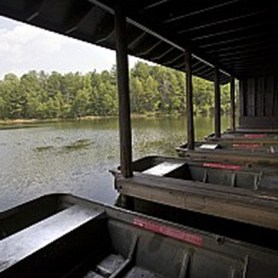
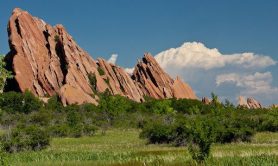

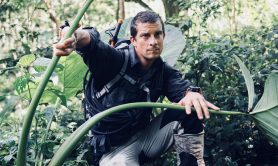
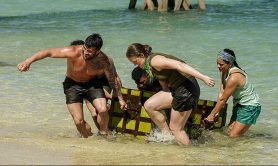
Pingback: How Bear Grylls Communicates In A Survival Situation – Outdoors.com